Ever wondered why we find certain fictional or real-life life characters so inspiring? Whether in myths, books or movies, the hero’s journey touches our heart. But what is it about the hero that is so motivating? Let’s explore what is hero archetype, the hero archetype examples and why it inspires us so much.
What is Hero Archetype?
A hero is an individual who is noble, selfless and exceptionally courageous. They are never afraid of facing adversity and never hesitate to make sacrifices to bring about necessary changes for the greater good.
The word Archetype is derived from the Greek term archetupos, where “arche” means “original” or “first,” and “tupos” means “model” or “type.” Hence, the term archetupos refers to “prototypical,” or “archetypal”, referring to an original pattern or first model. Generally, archetypes refer to patterns of behavior observed in the collective unconscious of humans.
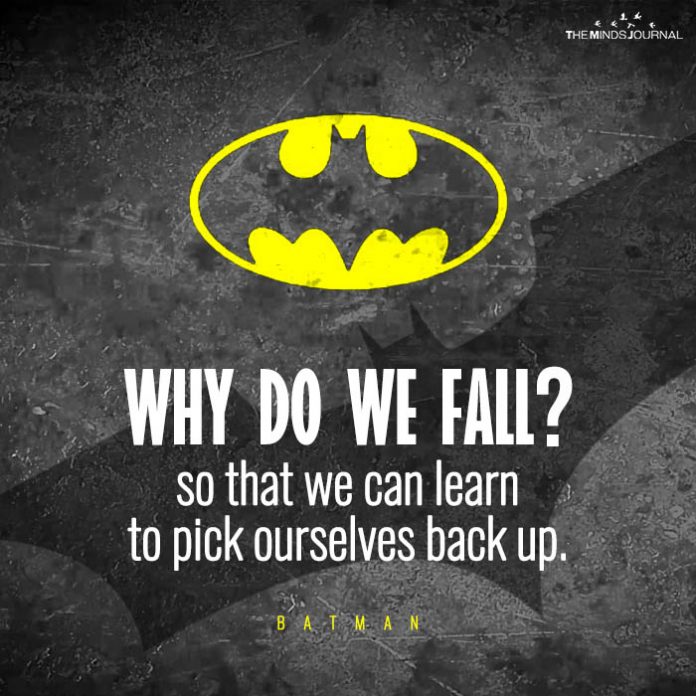
So what is hero archetype? The hero archetype involves traits and qualities that can be seen in extraordinary individuals who face challenges boldly, accomplish goals and help others by making sacrifices, when needed.
Related: Shades Of Gray: Why Everyone Loves The Anti Hero Archetype
The Hero’s Journey
One notable theory concerning the hero archetype personality is Joseph Campbell’s notion of Hero’s Journey. Campbell was a well-known mythologist who identified a common narrative structure found in various cultures and eras called monomyth.
This universal pattern consists of three principal parts: Departure, Initiation, and Return. Each stage creates a map for the transformative journey of a hero.
1. Departure
Departure is when a hero gets a call to adventure as well as leaves his/her normal world behind. This call can be made through prophecies, personal losses or simply wanting something new.
Despite being hesitant and scared, such heroes do go down their paths leaving behind all what they once knew only to face uncertainty.
2. Initiation
Initiation is where a number of trials are faced by the heroes involving teachers whose purpose is their own development. They have tough battles ahead confronting their fears while gaining new skills/knowledge along the way.
During this phase heroes would meet allies as well as enemies or supernatural beings who would influence the transformation of a hero.

3. The Hero’s Transformation
According to the hero archetype definition, the hero’s transformation lies at the heart of the archetype. Through their trials and tribulations, the hero undergoes a profound inner change, shedding their old self and emerging as a stronger, wiser, and more enlightened individual.
This transformation is not only for their well being but also for the community at large.
4. Return
After acquiring new skills, knowledge and wisdom through mentors along with other forms of aid, heroes go back to their ordinary world. However, they are different people from those who left before.
Henceforth, they have the power and insight to transform people’s lives as well as make things better in society. Frequently, this is challenged in some way as those around them do not believe in it.
Real-Life Heroes
Despite being most apparent in myths or novels, this hero archetype personality has importance beyond just storytelling. In our everyday lives we come across individuals who display heroic qualities and inspire us through acts of valor and selflessness.
These are real life heroes who can be found in such areas as medicine, education, social activism, or even within our families and communities.
Hero Archetype and Personal Growth
There is something deeply meaningful about the hero archetype. We can conquer our fears, confront issues directly and start our own transformative journeys by identifying with the heroic aspects of our own being.
The message that there is a hero within each one of us who has the potential to overcome all obstacles and draw from her inner wellsprings of courage and resilience has always been espoused by the hero archetype.
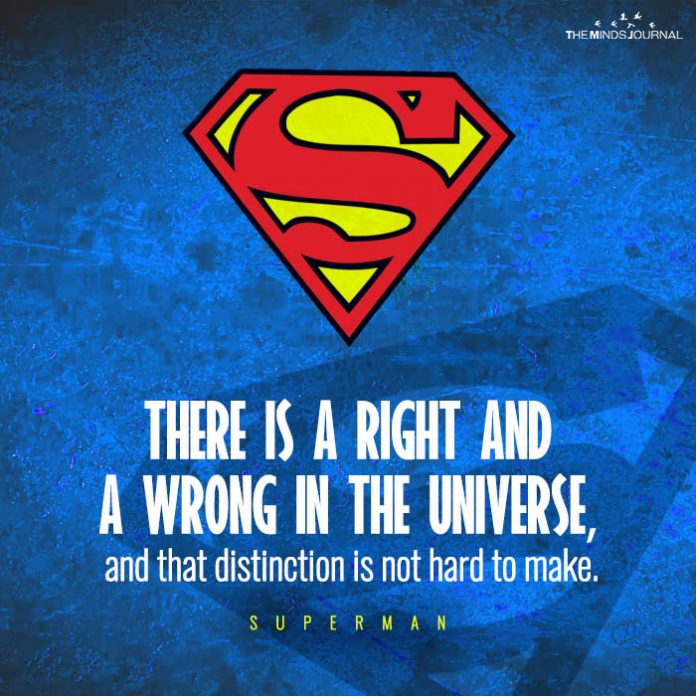
Related: The 12 Personality Archetypes: Which One Dominates You?
Hero Archetype in Pop Culture
According to what is hero archetype, this pattern of character is often found in popular culture, which offers numerous instances where these characteristics are embodied by various characters.
The hero archetype personality possesses vast influence on our minds through their stories ranging from the iconic Superman and Wonder Woman to Harry Potter and Katniss Everdeen, who we can relate to.
They encourage us to believe that we can be heroes too. They resonate with us at a very deep emotional level reminding us of our ability to become great people.
Hero Archetype Examples
Below are some instances of prominent hero archetype examples from literature, mythology and popular culture.
1. Frodo Baggins (The Lord of the Rings)
Frodo Baggins, a humble hobbit from J.R.R. Tolkien’s epic fantasy masterpiece reluctantly becomes an unlikely hero burdened with destroying the One Ring and saving Middle-earth.
There were many dangers along Frodo’s path as well as temptations; however, his unwavering determination, loyalty, self-sacrifice speak for themselves in terms of being a hero archetype.
2. Wonder Woman
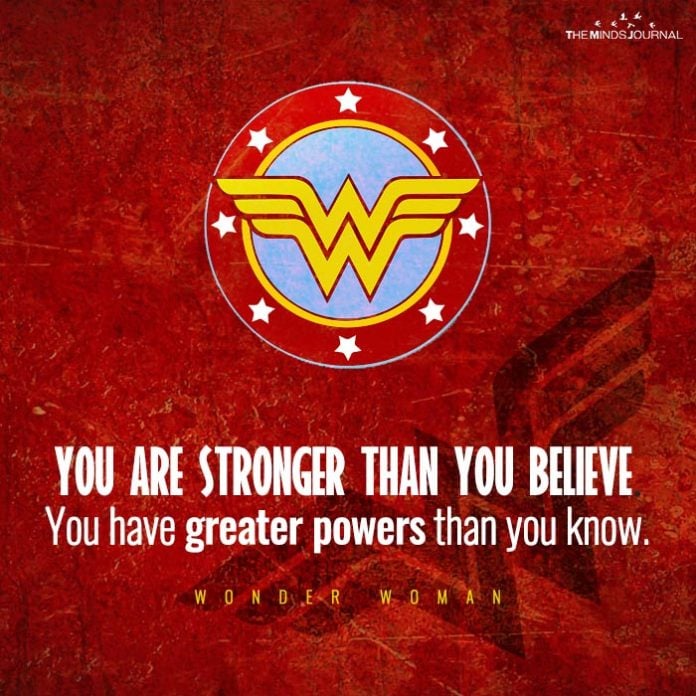
William Moulton Marston introduced the beloved superheroine Wonder Woman who is compassionate, strong, brave and is committed to justice.
She represents the hero archetype since she uses her powers against evil forces that threaten humanity as well as innocent lives in general.
3. Harry Potter (Harry Potter series)
J.K. Rowling’s Harry Potter is a prototypical example of a heroic figure. Harry learns about his magical capabilities and experiences numerous difficulties and obstacles in wizard school.
Harry’s character development is linked to the experience of overcoming fear and ultimately engaging in a battle with Voldemort, the dark wizard. Thus, the bravery, loyalty, and resilience that he demonstrates is typical of the hero archetype.
4. Mulan
Disney’s Mulan from Chinese folklore is a great female representative of the hero archetype personality. Mulan disguises herself as a male taking her father’s place in the military so as to defend their motherland from invaders.
Her bravery, determination and selflessness resonate with people showing how much impact such a hero archetype has on the audience.
These hero archetype examples demonstrate how the hero archetype manifests in different mediums, revealing how crucial and inspiring they are for our personal, social and cultural development.
Takeaway
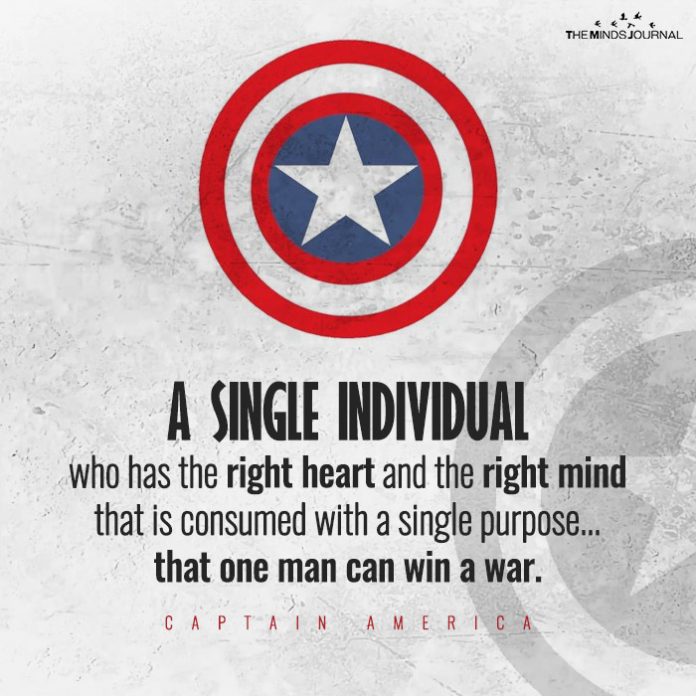
The hero archetype never ceases to impress our hearts and minds owing to its timeless nature and universal relevance.
By observing the hero’s journey, we learn how sacrifice and courage can transform our lives and empower us to help others. Understanding the hero archetype definition reminds us of our own potential for excellence and greatness.
Hence, let us find the heroes within us, go on our own paths, and make positive impacts on people around us; after all it is not only in fiction but also in reality where these heroes are evaluated and even remembered for their deeds, since they represent our own ambitions for change.
Related: What Is Hero Complex And How To Overcome The Need To Save Others
Frequently Asked Questions (FAQs):
What words are associated with the hero archetype?
Selflessness, determination, wisdom, nobility, resilience, sacrifice, justice, honor, leadership, mentorship, transformation, courage and victory.
What is the American hero archetype?
The American hero archetype typically involves individualism, resilience, self-reliance, a pursuit of freedom, justice, and inner spirit.
What are the 7 types of heroes?
The 7 types of heroes include the Tragic Hero, Epic Hero, Antihero, Romantic Hero, Byronic Hero, Classical Hero, and Modern Hero.


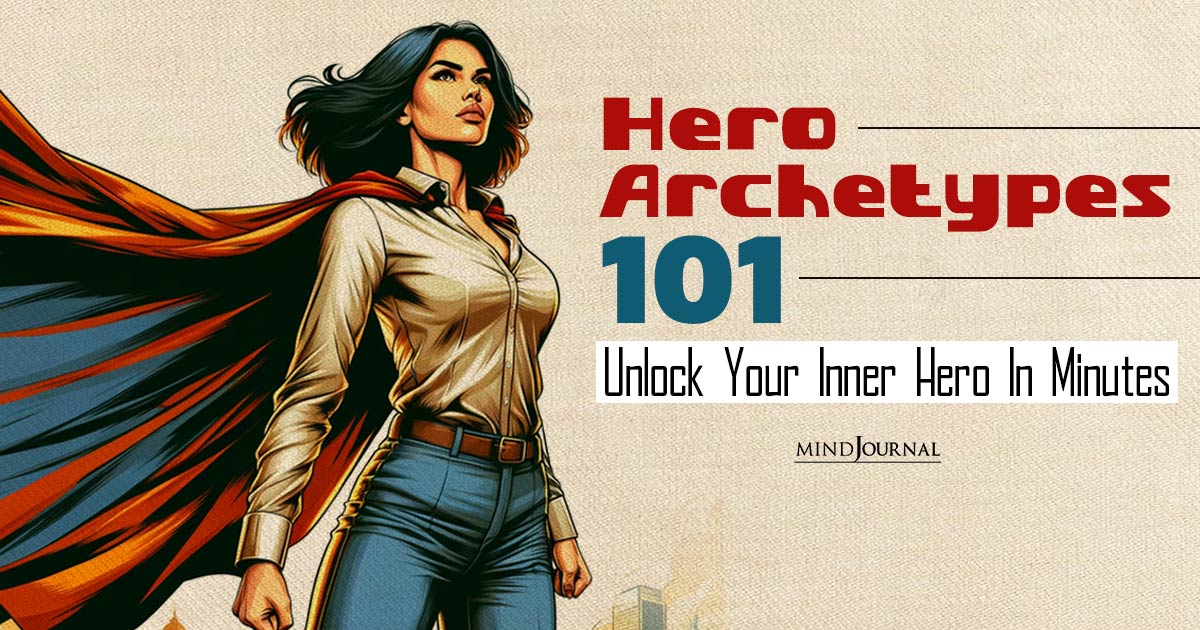
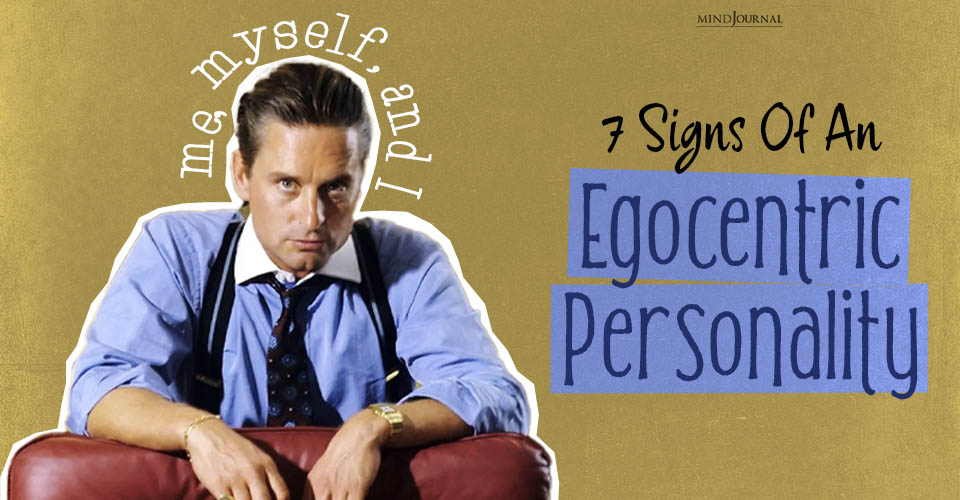


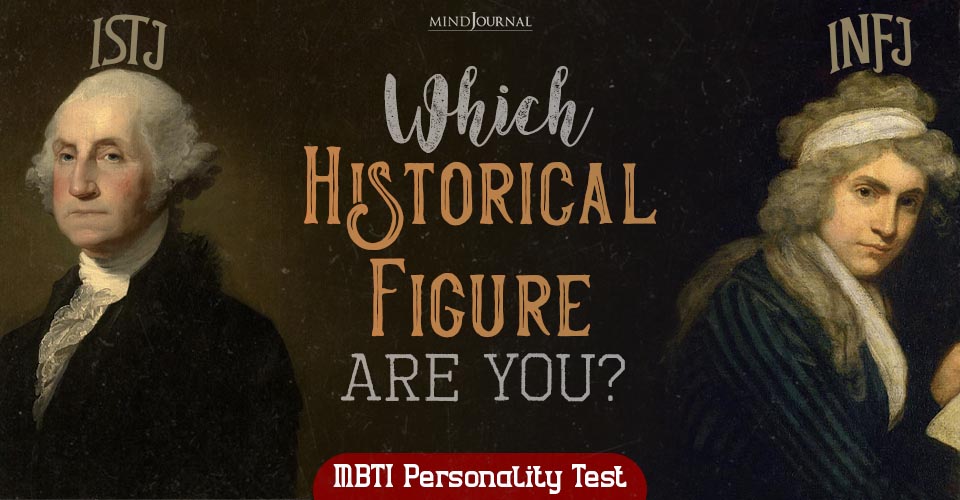
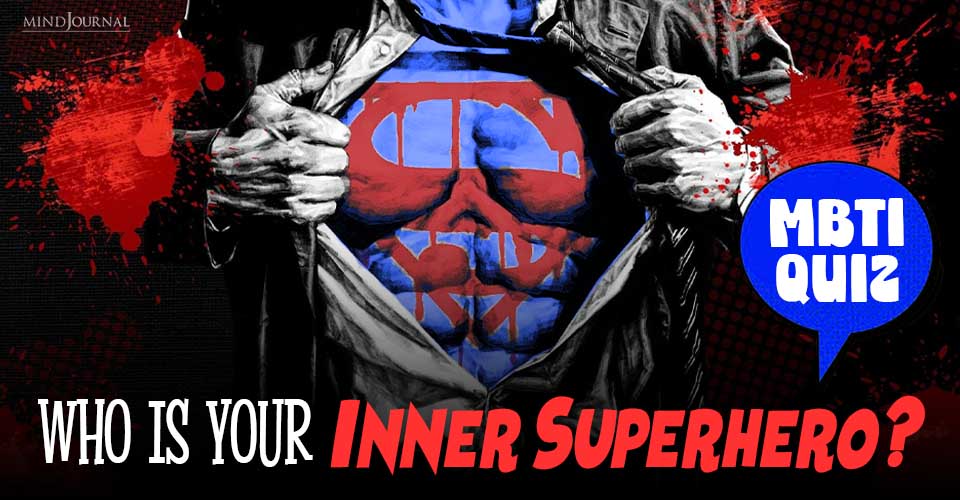
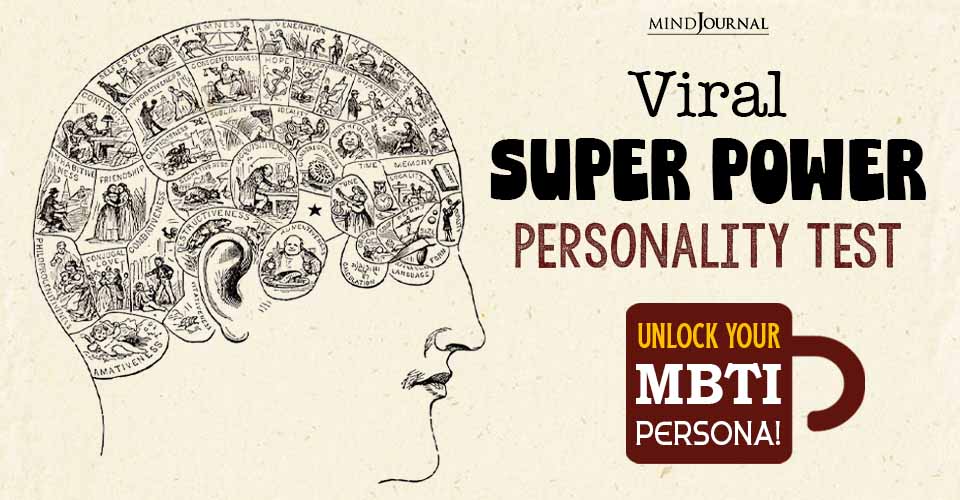

Leave a Reply